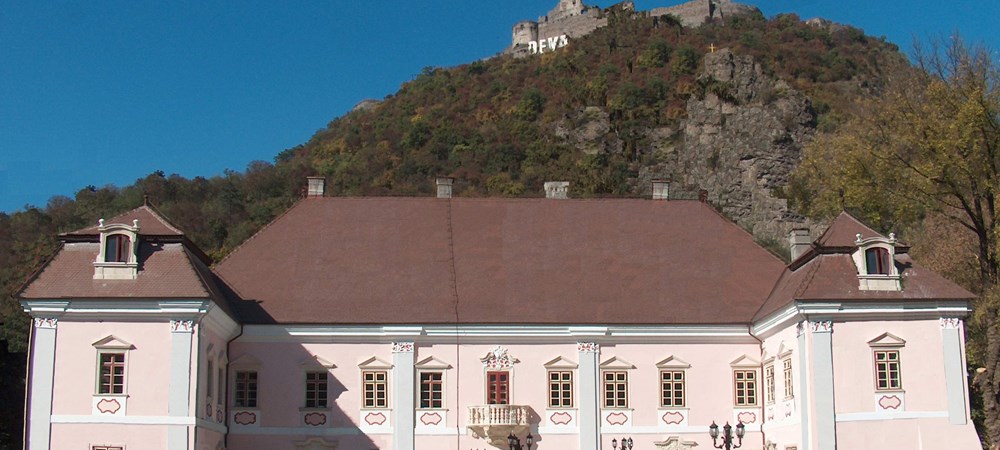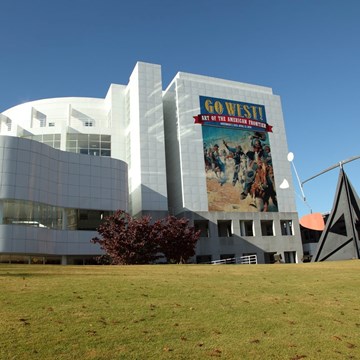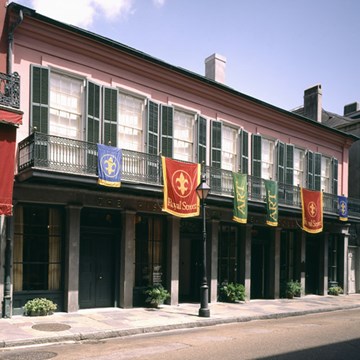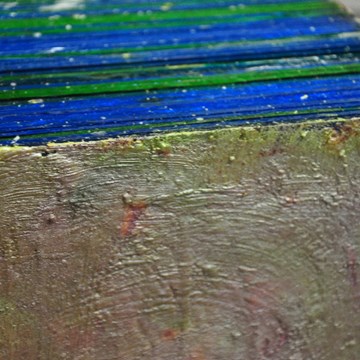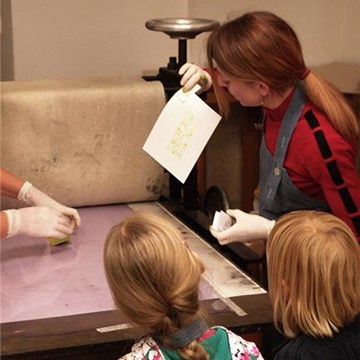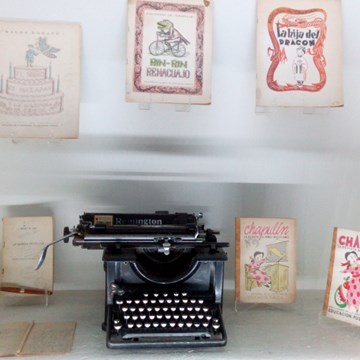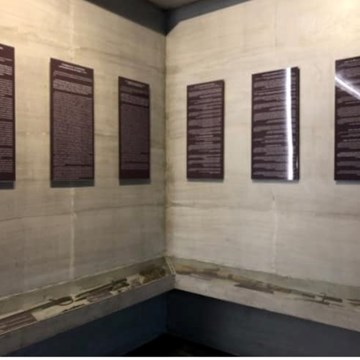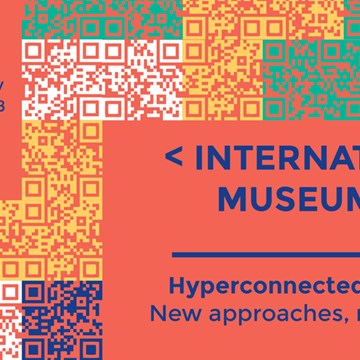Museum of Dacian and Roman Civilization
Museum of Dacian and Roman Civilization is one of the oldest museums from Transylvania, whose beginning is in 1881 through Society of Archaeology from Hunedoara County.The complexity of the museum is strongly defined by polyvalence of the cultural-historical fields that it manages: archaeology, history-memoirs, art, ethnography, natural science, restauration and conservation (own laboratories).
It also has a constant research activity, on its own archaeological excavations, in other museums or archives, materialized in organization and participation at national and international symposiums, round-table meetings about protection of patrimony, publications: national and international journals, single author volumes or multiples writers’ volumes. The museum has its own publication agenda even its own scientific journal- Sargetia- Acta Musei Devensis appeared since 1937, including studies or notes from the fields of Archaeology, History, History of Arts, Numismatics, and Ethnography as well as from the field of preservation and restoration and book presentations.)
Through various types of exhibitions which have a classic or modern concept, addressing to all age groups, the local and national community is informed about the material and spiritual culture of past communities who lived on Hunedoara County territory and also about the connections between this and other geographical spaces inside and outside Romania.
Museum of Dacian and Roman Civilization operates in several points, in different locations: Deva, Archaeology Museum in Sarmisegetusa, Museum of Local History and Ethnography in Brad, Museum of Ethnography and Folk Art in Orăștie, The Memorial Museum Aurel Vlaicu, Memorial House Drăgan Muntean, the House-Museum Avram Iancu in Baia de Criș, and the Historical Monuments Complex from Țebea.
Magna Curia Castle (image), the actual venue of the museum and its exhibition space. is the oldest building in Deva City, situated at the foot of Deva Fortress Hill; build in XVIth Century, in Renaissance manner, refurbished in XVIIIth Century with baroque elements is a special monument from Hunedoara County.
Exhibitions and events
Virtual exhibitions

Lapidarium
Permanent exhibitionRepresentatives stone and marble items from Museum Collections, Prehistory, Dacian Times and Roman Age. There you may see menhirs (Bronze Age), fragments of Murus Dacicus (the dacian wall ) from...

THESAURUS ITEMS FROM MUSEUM OF DACIAN AND ROMAN CIVILIZATION COLLECTIONS
Permanent exhibitionOur museum has gathered a series of artifacts made of precious metals, prezented to the public, along with the stories hidden behind the artifacts. Among them are pieces of clothing and adornment,...
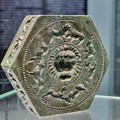
DACIAN BRONZE MATRIX FROM SARMISEGETUZA REGIA
Permanent exhibitionBronze mould , a unique piece, discovered in the sacred area of former Dacian Capital, Sarmisegetuza Regia
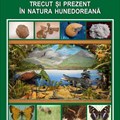
Past and present in Hunedoara nature
Permanent exhibitionMuseum of Roman and Dacian Civilization has an important Natural History Collection, having a Natural Science Department. This exhibition presents a part of its Natural Science Collection.
Educational programs
We don't have anything to show you here.
Collections
We don't have anything to show you here.

